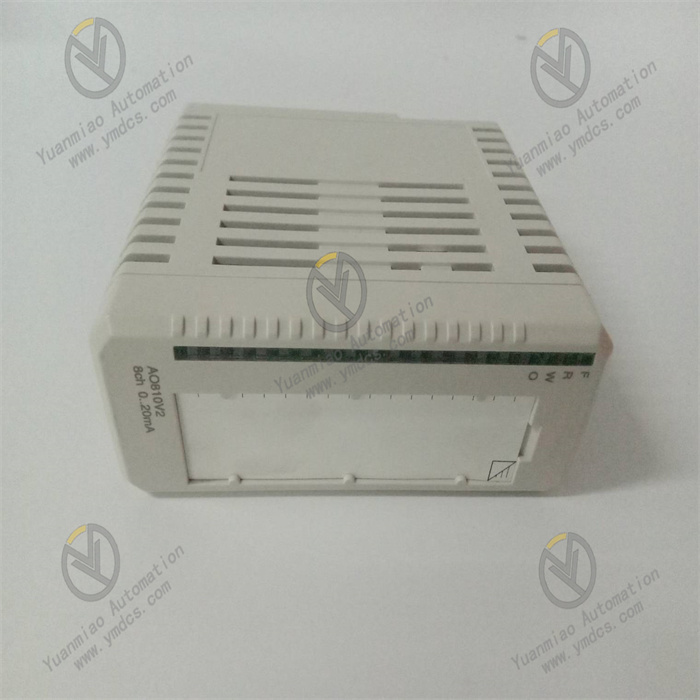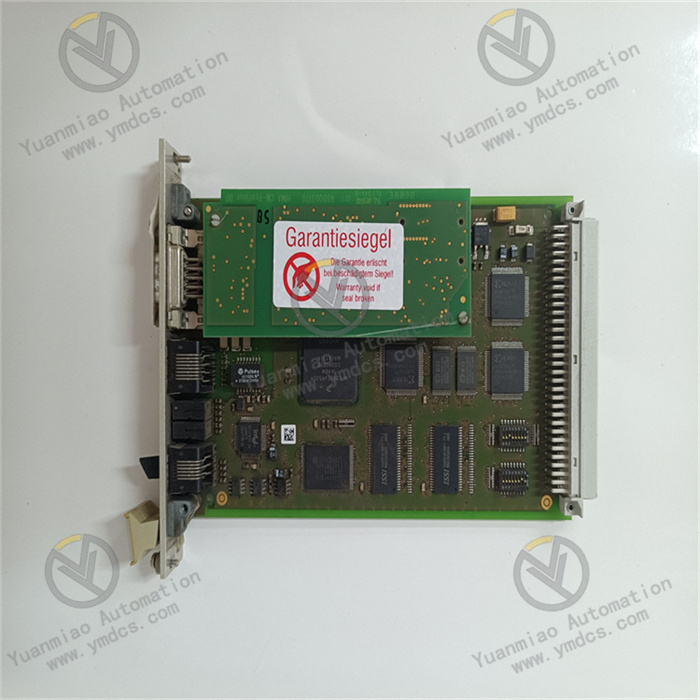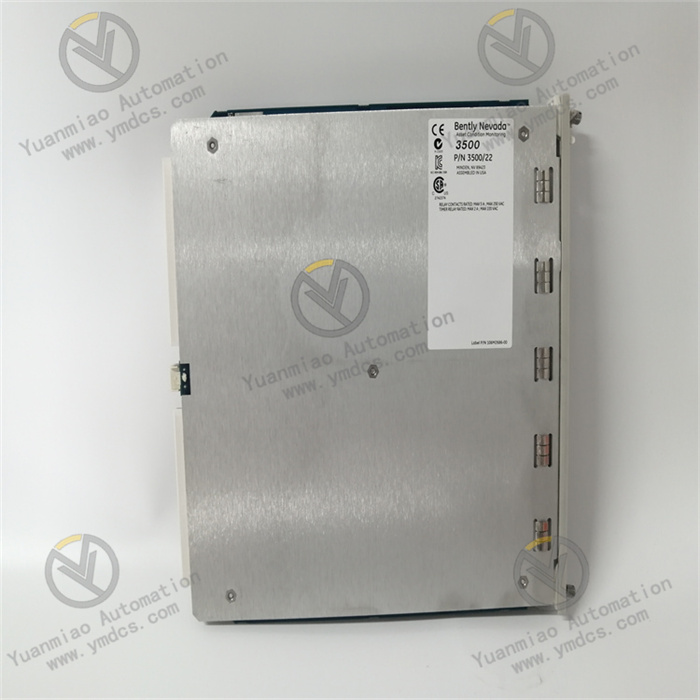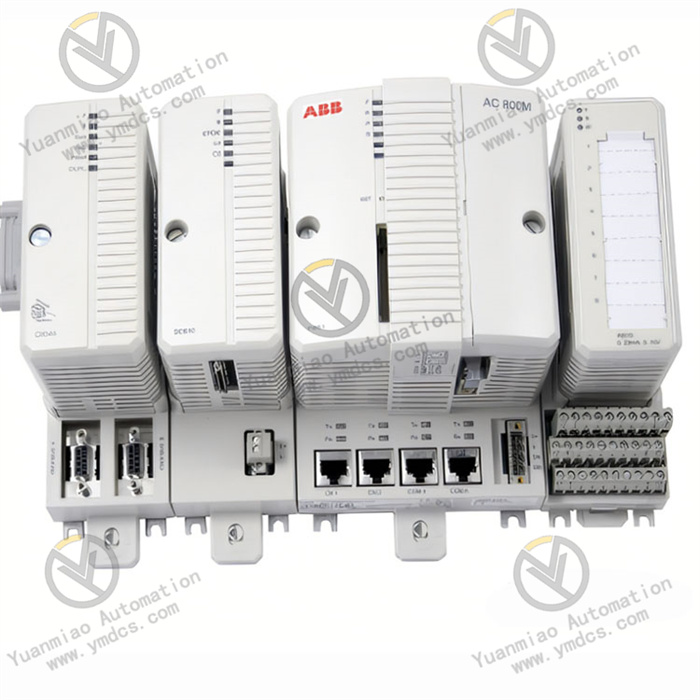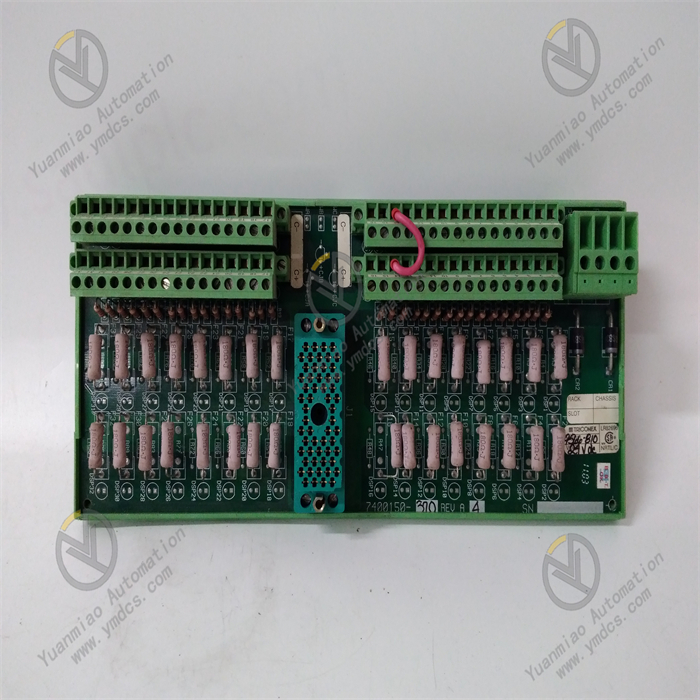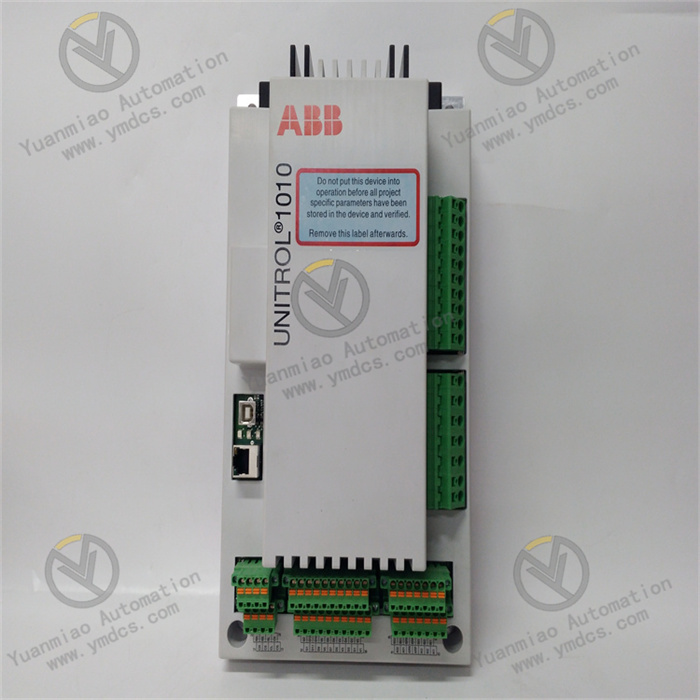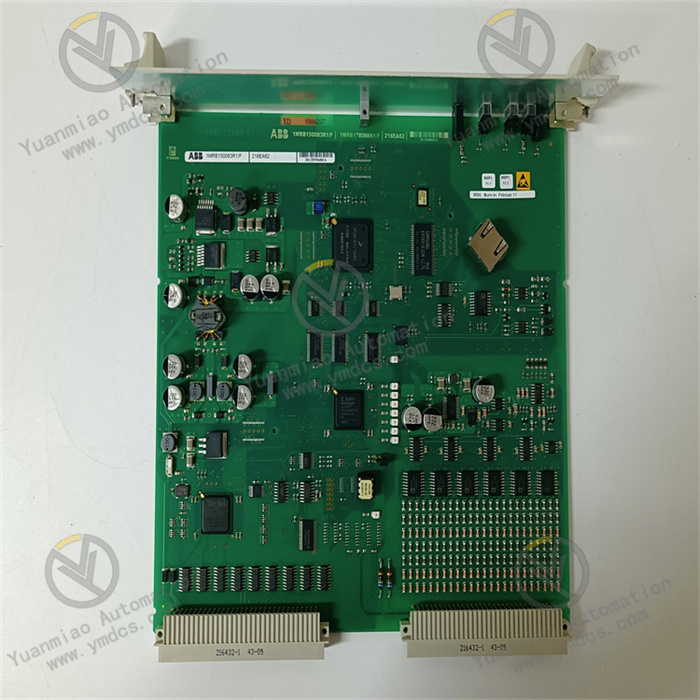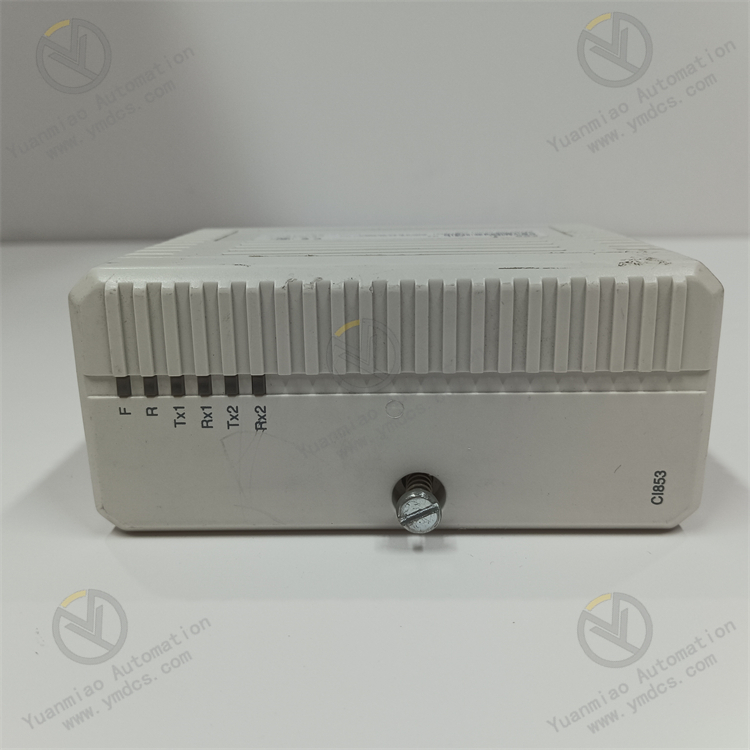Description
Abaco Systems VMIVME-2510B
Overview
The Abaco Systems VMIVME-2510B is a high-performance multi-functional board based on the VME (VersaModule Eurocard) bus architecture, specifically designed for industries with strict reliability and real-time requirements, such as industrial automation, aerospace testing, and defense equipment control. Integrating rich I/O interfaces, efficient data processing capabilities, and high-reliability design, this board ensures stable operation in complex and harsh environments, providing precise data acquisition, control, and communication support for critical mission systems. It serves as a core component for building high-performance embedded systems.
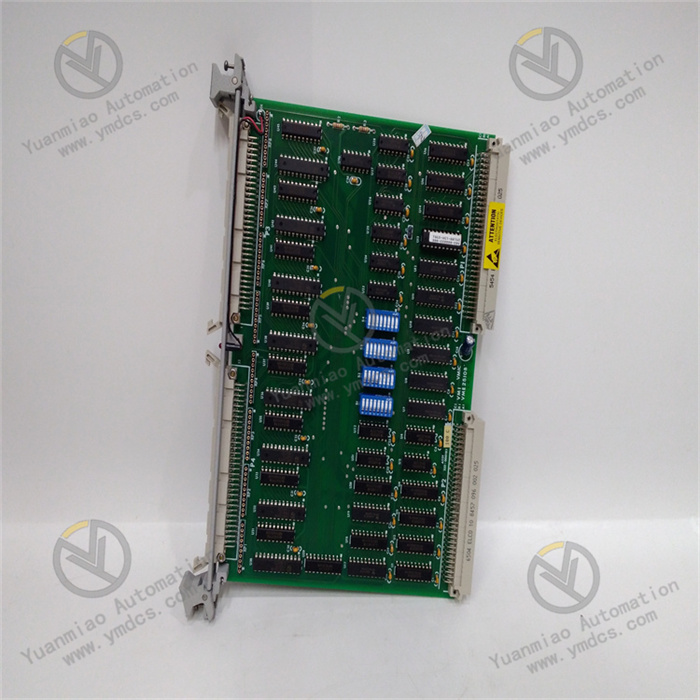
Functional Features
Powerful I/O Integration Capability
The VMIVME-2510B is equipped with multiple types of I/O interfaces to meet diverse device connection needs:
- Analog Input Channels: Feature high-resolution ADCs for precise sensor signal acquisition, suitable for data monitoring in industrial production.
- Analog Output Channels: Deliver stable analog signals for controlling various actuators.
- Digital I/O Interfaces: Support high-speed logic level signal input/output for device status monitoring and precise logic control.
- Communication Interfaces: Include serial ports and Ethernet interfaces for data interaction and remote control with external devices.
Efficient Data Processing Performance
With a high-performance processor and large-capacity memory, it enables robust multi-task processing, quickly handling complex algorithms and massive data. Whether for high-speed real-time data computing in industrial automation systems or high-precision navigation data analysis in aerospace, it ensures efficient execution. The onboard data preprocessing unit supports multiple filtering and calculation algorithms, performing local preliminary processing on raw data to reduce the host's computational pressure and enhance overall system response speed and operational efficiency.
Flexible Configuration and Expandability
- Software-Defined Configuration: Allows flexible configuration of I/O interface working modes, sampling rates, communication protocols, etc., to adapt to different application scenarios.
- VME Bus Expansion: Based on the standard VME bus architecture, it seamlessly integrates with other VME devices. By expanding data acquisition modules, communication modules, etc., it easily constructs more powerful distributed systems, offering highly flexible system-building solutions for users.
Excellent Reliability and Stability
Adopting industrial-grade components and rugged design, it features outstanding resistance to electromagnetic interference, vibration, and shock, operating stably in a wide temperature range of -40°C to +85°C. It adapts to harsh conditions such as high/low temperatures, humidity, and dust. The built-in complete fault diagnosis and self-protection mechanism real-time monitors key parameters (power status, hardware performance, etc.), triggering alarms and protective measures immediately upon detecting anomalies—effectively reducing system failure risks and minimizing maintenance costs and downtime.
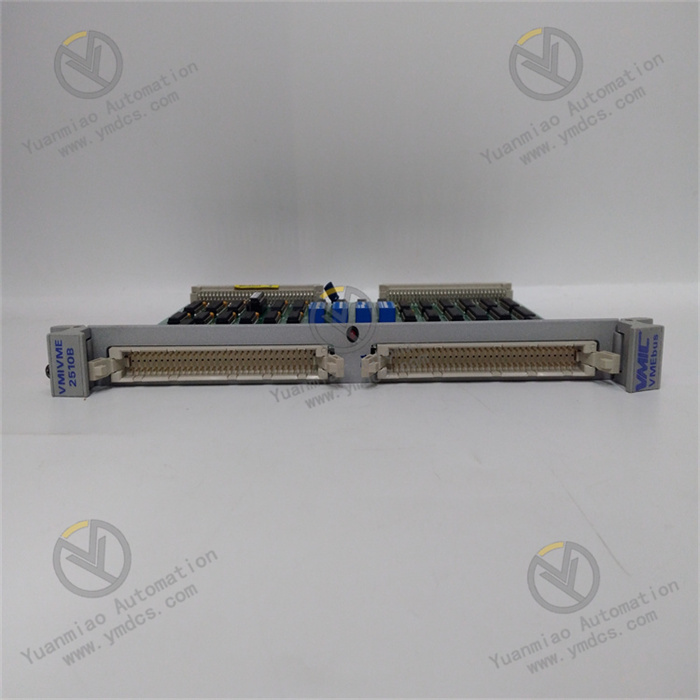
Working Principle
Data Acquisition and Processing Flow
- Signal Conditioning: When external signals are connected to the VMIVME-2510B, analog signals first undergo preprocessing (amplification, filtering, range matching) via signal conditioning circuits to meet ADC sampling requirements.
- Analog-to-Digital Conversion: Analog signals are routed to the ADC via an analog multiplexer for conversion, with resulting digital signals temporarily stored in the onboard FIFO buffer.
- Digital Signal Processing: Digital signals enter the digital I/O controller after level conversion and logic processing. The onboard processor analyzes and processes collected data (filtering, calculation, logic judgment, etc.) according to preset programs, storing processed data in local cache or transmitting it to the host via the VME bus.
Communication and Control Principle
The VMIVME-2510B communicates with the host and other VME devices via the VME bus, following VME bus protocol specifications for data transmission, address decoding, and interrupt handling:
- Host Control: The host sends configuration commands and control instructions to the board via software. The board parses and executes operations (adjusting I/O parameters, starting data acquisition, etc.).
- Bidirectional Feedback: The board feeds back collected data, device status information, and fault alarms to the host via the VME bus, enabling two-way communication and collaborative control.
System Configuration and Self-Diagnosis Mechanism
- Startup Self-Check: The board performs self-tests on key components (power supply, processor, memory, I/O interfaces) during startup to ensure normal operation.
- Dynamic Monitoring: During operation, the built-in self-diagnosis function continuously monitors the board's status. Upon detecting faults, it reports information to the host via status indicators, interrupt signals, etc., facilitating rapid fault localization and resolution.
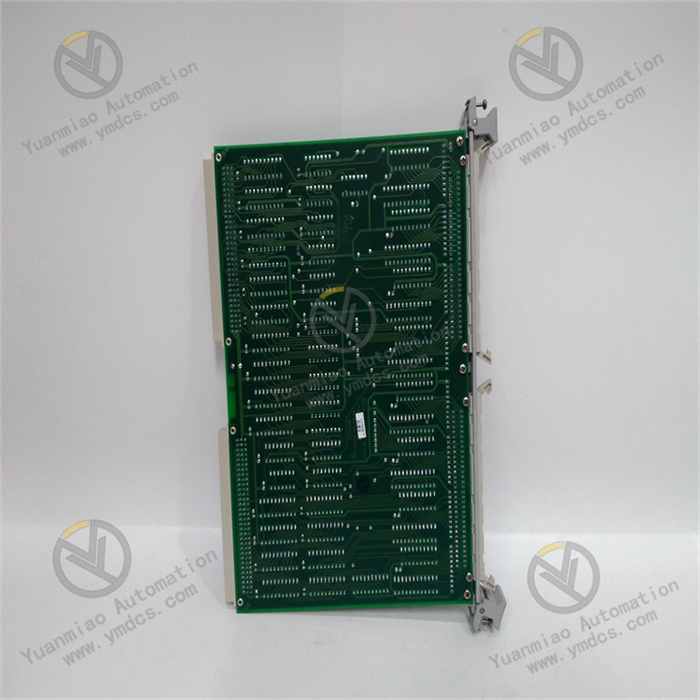
Common Faults and Solutions
| Fault Symptom | Possible Causes | Solutions |
|---|---|---|
| No output from partial analog channels | 1. Signal cable open circuit or poor contact 2. Incorrect channel configuration 3. Faulty ADC chip | 1. Check/replace signal cables. 2. Verify and correct input mode/range settings. 3. Test ADC chip with diagnostic tools; replace via technical support if faulty. |
| Abnormal status of digital I/O interfaces | 1. Mismatched external device interface levels 2. Incorrect digital I/O driver 3. Damaged channel hardware | 1. Check level standards; add level conversion circuits. 2. Update/reinstall drivers. 3. Locate faulty channels via self-diagnosis; replace damaged chips/circuits. |
| Communication interruption between board and system | 1. Loose VME bus connection 2. VME bus address conflict 3. Faulty board communication interface | 1. Secure VME connector; clean gold fingers. 2. Ensure unique VMIVME-2510B address in the system. 3. Test interface via substitution; contact the manufacturer for repair/replacement if faulty. |
| Board overheating during operation | 1. Faulty cooling fan 2. Excessive ambient temperature 3. Abnormal internal circuits | 1. Check fan operation; clean dust from fan and heat sink; replace fan if damaged. 2. Improve ventilation; add cooling devices if necessary. 3. Use diagnostic tools to detect internal short circuits; contact technicians for repair. |


